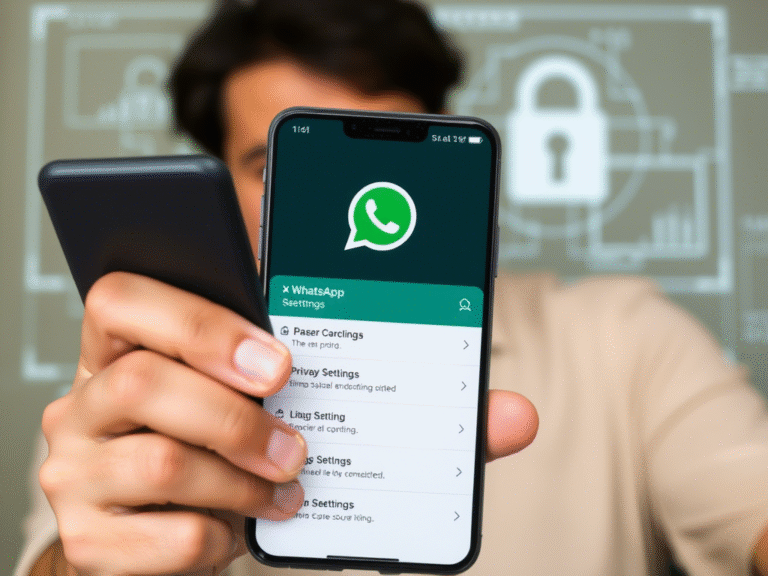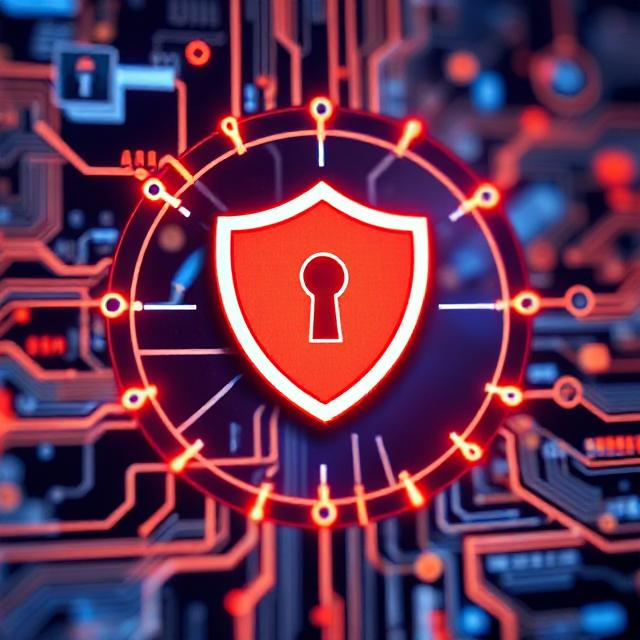How to Responsibly Dispose of Electronic -Waste

How to Responsibly Dispose of Electronic -Waste
In today’s digital age, electronic devices are essential in both personal and professional life. But with frequent tech upgrades, old gadgets often end up collecting dust — or worse, being thrown away improperly.
E-waste refers to discarded electronic devices such as smartphones, laptops, printers, tablets, TVs, and accessories like cables and batteries. Many people don’t realize that these items can contain hazardous materials like lead, mercury, and flame retardants, which can harm the environment and human health if not disposed of correctly.
Currently, e-waste makes up around 70% of all toxic waste in landfills — yet only about 12.5% is recycled.
So how can you responsibly get rid of your old electronics? Here are practical and sustainable steps you can take:
1. Know What Counts as E-Waste
Start by understanding what qualifies as e-waste. This includes not just full devices, but also components like batteries, chargers, and even old cables. Awareness helps prevent improper disposal.
2. Reduce Before You Recycle
Before upgrading, ask: Do I really need this new device? Extending the life of your current electronics through repairs or shared use reduces the amount of e-waste generated.
3. Use Retailer Recycling Programs
Many electronics retailers offer convenient recycling services. Stores like Best Buy and Staples accept old devices and ensure they’re handled properly — some even reward you for it.
4. Find a Certified E-Waste Recycling Center
For safe and responsible disposal, locate a certified e-waste facility near you. Look for certifications like R2 or e-Stewards to ensure high environmental and data security standards.
You can search for local centers using platforms like:
- Greener Gadgets
- Earth911
- Call2Recycle
5. Donate or Sell Usable Devices
If your electronics still work, consider giving them a second life. Schools, charities, and community organizations often welcome donations. Alternatively, sell them online through trusted marketplaces.
Just remember: always securely erase all personal data before passing on any device.
6. Dispose of Batteries Separately
Rechargeable and lithium-ion batteries require special handling due to their chemical content. Many stores and recycling centers have dedicated bins for battery disposal — make sure to use them.
7. Take Advantage of Manufacturer Take-Back Programs
Some brands offer return programs when you buy a new product. Check with the manufacturer to see if they provide eco-friendly recycling or refurbishing options.
8. Repurpose Old Electronics
Get creative! An old smartphone can become a home security camera. A broken laptop screen might be perfect for a DIY smart mirror. Upcycling keeps devices out of landfills and sparks innovation.
9. Support Sustainable Brands
Choose companies that prioritize sustainability and responsible e-waste practices. Supporting ethical manufacturers encourages industry-wide change.
10. Educate Your Team or Household
Raise awareness among employees or family members. Encourage everyone to follow proper disposal methods and understand the impact of careless e-waste management.
Secure Your Data Before Disposal
Never forget to wipe personal or sensitive information from devices before donating, selling, or recycling them. Simply deleting files isn’t enough — criminals can recover data from improperly erased devices.
Use reliable data erasure software or consult an IT expert to ensure complete removal. If you’re unsure how to do this safely, we can help — from secure data cleaning to smooth migration to new devices.





